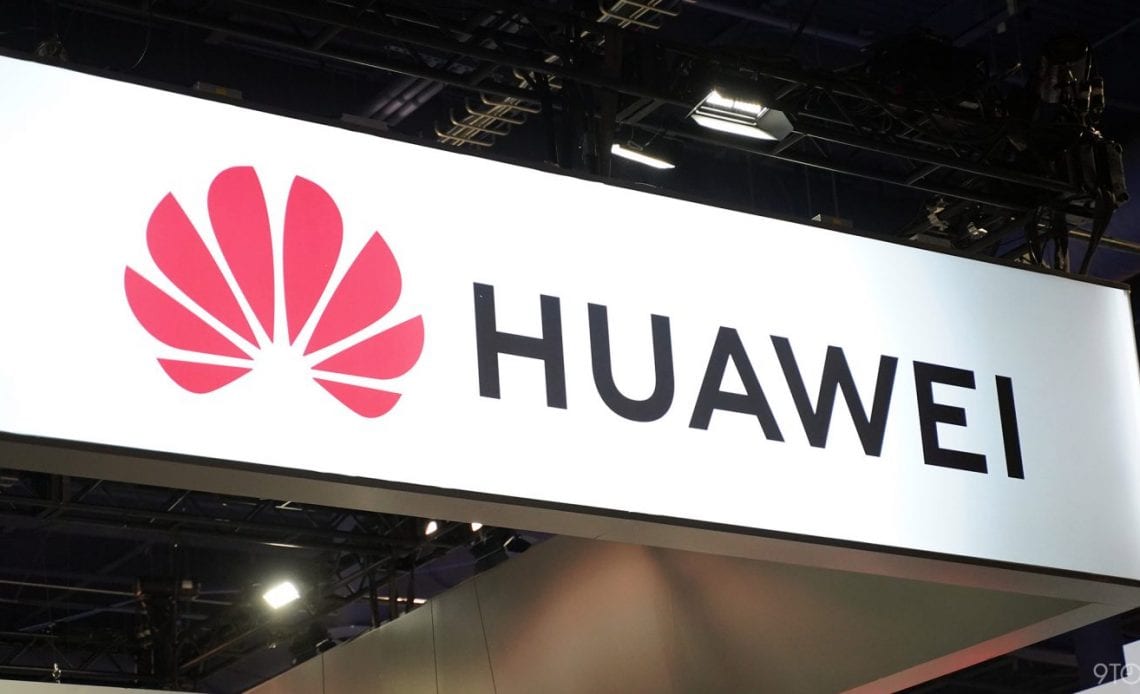
Late last year, we uncovered evidence that Huawei was working with Google’s Fuchsia, even working to bring the OS to their own Honor Play gaming phone. Over two months after the company was hit with sanctions preventing them from working with US tech, the Chinese giant is apparently still interested in working with Fuchsia.
Before Huawei developers worked to support the Honor Play, Google laid the foundation by developing Fuchsia support for a number of developer boards. One of these was the HiKey 960 which, according to creator 96Boards, is a “development platform is based around the Huawei Kirin 960” SoC.
While no other public development work has happened for the Honor Play, Huawei developers have continued to contribute improvements to Fuchsia’s HiKey 960 support. This work continued all the way through May 3rd when they hit a minor roadblock while a few Fuchsia team members were on vacation.
Less than two weeks later, President Trump placed Huawei on the export blacklist and the company was promptly cut off from Google technologies like future versions of Android. Since then, no Huawei developers had shown continued interest in Fuchsia OS, presumably due to the ban.
This morning, a Huawei developer chimed in once again on Fuchsia’s Gerrit source code management, signaling the company’s continued interest in Google’s in-development operating system. (You may notice that the comment was left by a Gmail address, but the commenter is also identified with an @Huawei․com email address at the top of the page.)
One question please, Is there a new steps to build only zircon ? (Since most of the scripts are removed).
Also, previously during package-image (ie; in the flash-hikey script), -t option used to disable all test and reduce the size of the zedboot image. Can you please tell if similar option available now ?
For some context, you may recall that under the hood Fuchsia is made up of four distinct parts (previously referred to as “layers”) — Zircon, Garnet, Peridot, and Topaz. Of these, it appears Huawei may only be interested in Fuchsia’s base layer, the Zircon “microkernel,” as they’re seeking instructions to only build that portion.
It’s very surprising that Huawei would continue to be interested in Fuchsia OS, given their current inability to rely on US technology in the long term, but that’s not the only reason. Huawei has been developing operating system, called Hongmeng, originally reported as an Android alternative, though this turned out to not be the case.
For the most part, this Hongmeng OS is something of a mystery for now. One fact we do know about Huawei’s Hongmeng is that it uses a microkernel, just like Fuchsia. Without getting too far into the technical details and possible advantages/disadvantages, using a microkernel means the OS is built on a slimmed-down core, rather than a much larger one as seen in current operating systems like Windows, macOS, and Android.
So the question now becomes: Why is Huawei working with the Zircon microkernel from Fuchsia when their own Hongmeng OS has a microkernel of its own?
It’s possible that Hongmeng is in some way based on Fuchsia’s Zircon microkernel, but this seems unlikely as Fuchsia, being a Google project, should also be covered under any US sanctions. Another possibility is that Huawei could simply be preparing for the possibility of Fuchsia one day becoming Google’s flagship OS.
Until more information ekes out, we can only speculate at this point.
Author:
Source: 9TO5Google
Tags:



